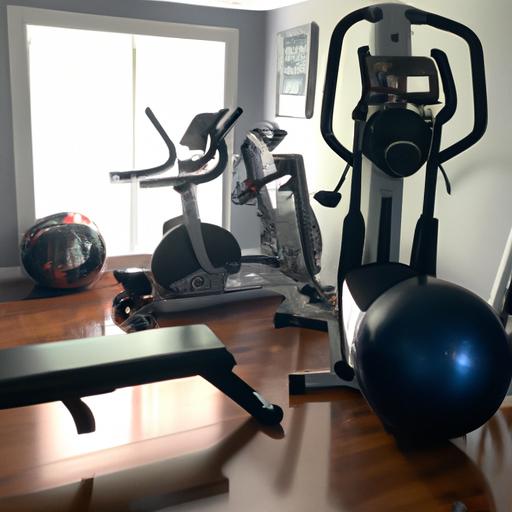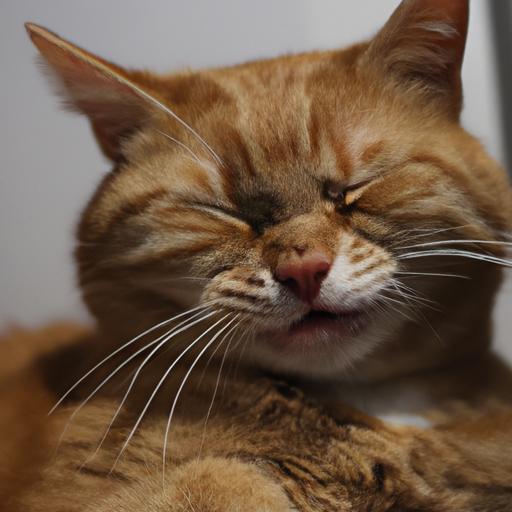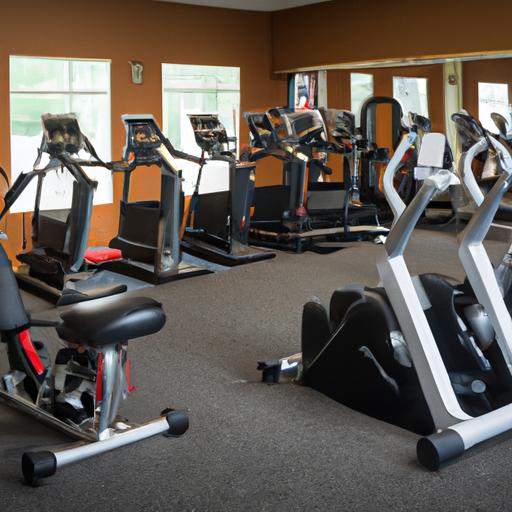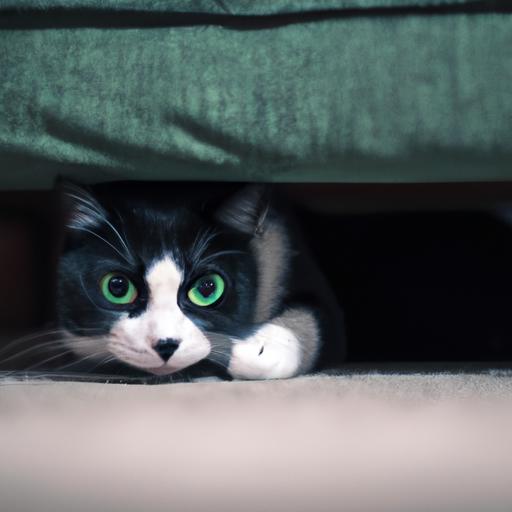Cat Door for Window: Providing Easy Access for Your Feline Friend
Are you tired of constantly opening and closing doors for your beloved cat? Do you want to give them the freedom to explore the outdoors without compromising their safety? Look no further! Cat doors for windows are the purrfect solution to your feline’s needs. In this article, I will introduce you to the world of cat doors for windows, highlighting their importance and the numerous benefits they offer.
A. Importance of providing easy access for cats
As pet owners, we understand the significance of granting our furry companions the ability to roam freely. Cats are natural explorers, and restricting their movements can lead to boredom and frustration. By providing easy access for cats, we allow them to satisfy their curiosity, engage in physical activity, and maintain a healthy lifestyle. Furthermore, it helps prevent behavioral issues such as excessive meowing or scratching at doors.
B. Introduction to cat doors for windows
Cat doors for windows are specially designed portals that can be installed in your existing windows, allowing your cat to come and go as they please. These doors come in various types, including traditional flap-style doors, electronic doors, and sliding window doors. Each type offers unique features and benefits, catering to different preferences and needs.
C. Overview of the benefits of using cat doors for windows
-
Convenience: No more interruptions to your daily routine! With a cat door for your window, you can bid farewell to constantly opening and closing doors for your feline companion. They can come and go as they please, granting you peace of mind and uninterrupted tasks.
-
Exercise and Enrichment: Cats require physical activity and mental stimulation to stay healthy and happy. By having a cat door in your window, you encourage your furry friend to engage in outdoor adventures, explore their surroundings, and burn off excess energy.
-
Safety and Security: Cat doors for windows are designed to ensure your feline’s safety. They offer secure locking mechanisms to prevent unwanted intruders from entering your home while granting your cat easy access. Additionally, these doors are constructed with durable materials, providing longevity and peace of mind.
-
Reduced Stress: Cats are creatures of habit, and sudden changes in their routines or environments can cause stress and anxiety. A cat door for your window allows them to maintain their familiar territory while having the freedom to venture out at their own pace, reducing stress levels significantly.
Now that we understand the importance and benefits of providing easy access for our feline friends through cat doors for windows, let’s delve deeper into the different types of cat doors available in Section
Types of Cat Doors for Windows
When it comes to cat doors for windows, there are several options to choose from, each with its own set of features and benefits. Let’s explore the different types available, allowing you to make an informed decision that suits your feline friend’s needs.
A. Traditional Flap-Style Cat Doors
-
Description and Features
Traditional flap-style cat doors are the most common and affordable option. They consist of a flexible flap that your cat can push through to enter or exit. These doors are typically made of durable materials such as plastic or vinyl, ensuring longevity and resistance to wear and tear. -
Pros and Cons
- Pros: Flap-style cat doors provide a simple and straightforward design, making them easy for cats to use. They offer a sense of independence for your furry friend, allowing them to come and go freely. Additionally, these doors often come with weatherproofing features, preventing drafts and keeping your home insulated.
- Cons: While flap-style cat doors work well for most cats, they may not be the best option for all. Some cats may struggle with using the flap, especially if they are larger or have mobility issues. Additionally, these doors may not provide the same level of security as other types, as they can be pushed open by strong winds or other animals.
B. Electronic Cat Doors for Windows
-
Description and Features
Electronic cat doors utilize advanced technology to grant access to your cat while keeping unwanted visitors out. These doors are equipped with sensors that detect a specific collar worn by your cat. When your cat approaches the door, the sensor triggers the door to unlock temporarily, allowing them to pass through. -
Pros and Cons
- Pros: Electronic cat doors offer enhanced security by ensuring only your cat can enter your home. This feature prevents neighborhood strays or other animals from entering, ensuring the safety of your furry friend. Additionally, these doors often come with programmable settings, allowing you to control when the door is locked or unlocked.
- Cons: Electronic cat doors are generally more expensive than traditional flap-style doors. Additionally, they require batteries or a power source for operation. In some cases, cats may take some time to adjust to the electronic mechanism, so patient training may be necessary.
C. Sliding Window Cat Doors
-
Description and Features
Sliding window cat doors are designed specifically for windows with horizontal sliding panels. These doors typically consist of a frame that fits securely into the window track, allowing the window to be opened or closed without obstructing the cat’s access. -
Pros and Cons
- Pros: Sliding window cat doors offer a practical solution for those who want to maintain the functionality of their windows while providing easy access for their cats. They provide a secure and stable entry point for your feline friend without compromising the window’s integrity. Additionally, these doors are often adjustable to fit different window sizes.
- Cons: Sliding window cat doors may require some installation expertise, especially if you are not familiar with working with windows. Additionally, they may not be suitable for all window types, so it is important to ensure compatibility before purchasing.
In Section III, we will discuss the factors to consider before choosing a cat door for your window, helping you make an informed decision that suits your specific requirements.
Factors to Consider Before Choosing a Cat Door for Window
When it comes to selecting the perfect cat door for your window, there are several crucial factors to consider. By paying attention to these aspects, you can ensure a seamless integration with your existing window and provide the best experience for your furry companion.
A. Window type and size compatibility
Before purchasing a cat door for your window, it’s essential to assess the compatibility with your specific window type and size. Measure the dimensions of your window and ensure that the cat door you choose fits snugly without any gaps. Consider the materials of your window as well, as certain cat door models may be better suited for different window materials.
B. Installation requirements
Different cat door models have varying installation requirements. Some may require professional installation, while others can be easily installed as a DIY project. Evaluate your skill level and the complexity of the installation process before making a decision. Additionally, consider whether the installation will require any modifications to your window or if it can be attached without any permanent changes.
C. Security features
The safety and security of your home and your feline friend are of utmost importance. Look for cat doors that offer robust security features such as locking mechanisms or access control options. These features ensure that only your cat can use the door while keeping unwanted animals or intruders out.
D. Weatherproofing capabilities
To ensure your cat’s comfort and protect your home from the elements, consider the weatherproofing capabilities of the cat door. Look for doors that have insulation or weather seals to prevent drafts, rain, or snow from entering your home. This feature is particularly important if you live in an area with extreme weather conditions.
E. Ease of use and maintenance
Choose a cat door that is easy to use and maintain. Look for features like smooth flap operation and easy cleaning options. Consider whether the door can be easily removed or locked when necessary. Opt for materials that are durable and require minimal upkeep, ensuring longevity and hassle-free maintenance.
By considering these factors, you can select a cat door for your window that seamlessly integrates with your home, offers optimal security, and provides a comfortable experience for your furry friend. In Section IV, we will guide you through the installation process of a cat door in a window, so stay tuned!
Section IV: How to Install a Cat Door in a Window
So, you’ve decided to give your furry friend the freedom they deserve by installing a cat door in your window. Don’t worry, it’s easier than you think! In this section, I will guide you through the step-by-step process of installing a cat door in your window, ensuring a smooth and hassle-free experience. Let’s get started!
A. Preparing the window for installation
Before diving into the installation process, it’s crucial to prepare your window properly. Start by thoroughly cleaning the area where the cat door will be installed. Remove any dirt, debris, or obstructions that might hinder the process. This will ensure a secure and seamless installation.
B. Measuring and cutting the hole
Accurate measurements are vital for a successful cat door installation. Begin by measuring the height and width of your cat, ensuring you have enough clearance for them to comfortably pass through. Once you have the measurements, mark the outline of the cat door on your window using a pencil or marker. Now, it’s time to cut the hole. Use a jigsaw or a similar tool to carefully cut along the marked outline. Take your time and work slowly to avoid any mistakes or damage to the window.
C. Securing the cat door in place
With the hole cut, it’s time to secure the cat door in place. Follow the manufacturer’s instructions provided with the cat door for specific installation steps. Typically, this involves attaching the frame of the cat door to the window using screws or adhesive. Ensure that the cat door is aligned properly and level with the window to avoid any issues with functionality or appearance.
D. Testing and adjusting the door
Once the cat door is securely installed, it’s essential to test its functionality. Gently open and close the door to check if it moves smoothly and without any resistance. Make any necessary adjustments to the hinges or frame to ensure the door operates correctly. Encourage your cat to approach and use the door, providing positive reinforcement and treats to make them feel comfortable and confident.
Congratulations! You’ve successfully installed a cat door in your window, providing your feline companion with the ultimate freedom to come and go as they please. In the next section, we will explore some valuable tips for training your cat to use the cat door effectively. Stay tuned!
Section V: Tips for Training Cats to Use a cat door for window
So, you’ve installed a cat door for your window, and now it’s time to train your feline friend to use it. Training your cat to embrace this newfound freedom may require a little patience and guidance. In this section, I will provide you with some helpful tips to make the training process smooth and successful.
A. Introducing the cat to the new cat door
Introducing your cat to the cat door for the window is the first step in the training process. Start by propping the door open and allowing your cat to observe it from a safe distance. Create a positive association by placing treats or toys near the door, enticing them to approach and investigate. Gradually move the treats closer to the door until your cat feels comfortable approaching it. Remember, it’s essential to let your cat set the pace and not force them into any uncomfortable situations.
B. Positive reinforcement techniques
Positive reinforcement is key to training cats. When your cat shows interest in the cat door or approaches it, shower them with praise and rewards. Use treats, affection, and verbal cues like “good job!” to create a positive association with the door. Consistency is vital; reward your cat every time they approach or use the cat door correctly. This reinforcement will encourage them to repeat the behavior.
C. Gradual training process
Training your cat to use the cat door is best achieved through a gradual process. Start by closing the door partially, allowing your cat to push through it. Reward their successful attempts. As your cat becomes more comfortable, gradually increase the door’s closure until they can push through it easily. Be patient and provide support during this learning phase. It may take a few tries for your cat to master the technique, but with time and positive reinforcement, they will get the hang of it.
D. Troubleshooting common training challenges
Training cats to use a cat door for the window can sometimes come with its fair share of challenges. Here are some common issues and tips to overcome them:
-
Fear or hesitance: If your cat seems fearful or hesitant about using the cat door, try placing their favorite treats or toys on the other side to entice them. Gradually move the rewards farther away, encouraging them to venture through the door.
-
Resistance to pushing the door: Some cats may struggle with the physical act of pushing the door. You can help by gently guiding their paw towards the door and providing support until they learn how to push it open themselves.
-
Unwanted behavior outside the door: If your cat exhibits unwanted behavior outside the cat door, such as scratching or meowing excessively, it may be a sign of anxiety or territorial issues. Consult with a veterinarian or animal behaviorist for further guidance.
By following these tips and being patient with your furry companion, you can successfully train your cat to use the cat door for the window. In the next section, we will explore the various factors to consider before choosing the perfect cat door for your window.
Tips for Training Cats to Use a Cat Door for Window
Congratulations on installing a cat door for your window! Now comes the fun part: training your furry friend to use it. While cats are generally independent creatures, they may need a little guidance to familiarize themselves with this new access point. Here are some helpful tips to make the training process a breeze:
A. Introducing the cat to the new cat door
The first step is to introduce your cat to the cat door gradually. Start by propping the door open and allowing your cat to observe it from a distance. Place treats or toys near the door to create positive associations. You can even use a clicker or verbal cue to indicate when it’s time to approach the door. Be patient and give your cat time to build confidence and curiosity.
B. Positive reinforcement techniques
Positive reinforcement is key to training your cat to use the cat door. Reward your feline friend with treats, praises, or playtime every time they approach or pass through the door. This positive association will motivate them to use the door more frequently. Remember to be consistent and reward them each time in the beginning stages to reinforce the desired behavior.
C. Gradual training process
Take it one step at a time when training your cat to use the cat door. Start by encouraging them to walk through the door with it propped open. Gradually lower the door until it swings freely, allowing your cat to push through. You can also guide them gently through the door with your hand. Repeat this process multiple times a day, gradually increasing the distance between you and the door. With patience and consistency, your cat will master the art of using the cat door.
D. Troubleshooting common training challenges
Some cats may be hesitant or fearful of using the cat door initially. If your cat seems apprehensive, try using treats or toys to entice them through the door. You can also try using a familiar scent, such as their favorite blanket, near the door to make it more inviting. If your cat is still struggling, consult with a professional trainer or veterinarian for additional guidance and support.
Training your cat to use a cat door for the window may require time and patience, but the freedom and convenience it offers are well worth the effort. Soon enough, your feline friend will be confidently coming and going through their own personal entrance. Enjoy watching them explore the world outside while maintaining a safe and secure environment for them indoors.
As we conclude this article, let’s recap the benefits of using a cat door for the window and emphasize the importance of choosing the right cat door in the final section.





